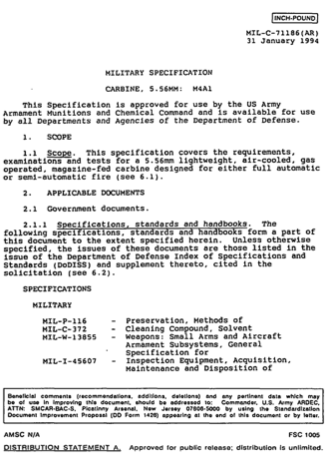
First and most importantly, the question is what is the requirement of the firearm? In the case of the M16 and M4 carbine for the US government, it is a 6k round endurance test where the cooling and cleaning parameters are specified. Is this all the rifle is designed to do? Not at all. The rifles well exceed the defense departments requirements. Out of every lot of rifles provided to the US government by Colt or FN, they must have randomly selected rifles which go through interchangeability and endurance testing. Testing protocols must have parameters. You must fire X amount of rounds in Y amount of time with less than Z number of malfunctions. When testing concludes, the rifle either fails, meets or exceeds the specification. When one wants to make a generalization on what the durability of the M16 and M4 are, they must use actual M16 or M4 rifles! The plethora of AR-type rifles on the market are not what I consider proper representations of government built Technical Data Package rifles.
These rifles have drawings for every single component that specify what the part must meet for materials, manufacturing, heat treat and finish. If a part does not meet the drawing, the manufacture must reject that batch of parts. In fact, many of the manufacturers who make commercial firearms wind up with these rejected components. In the case of barrels, the manufacturing process, heat treat, chrome plating process are specified so the government knows exactly what the life of that part is. Most every video I have seen show AR-type rifles that all suffer from different forms of destruction and at different intervals. When you look at a Mil-Spec Colt or FN rifle, it is quite predictable of what will fail and when depending on the platform (M16A2/A4, M4, M4A1).
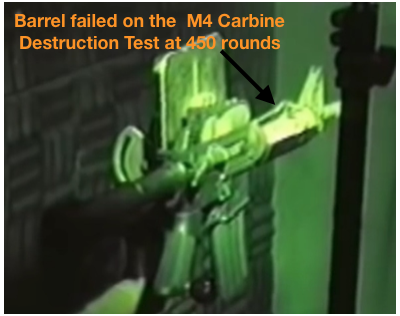
I had consulted with a manufacturer who was in the business to make semi-automatic only commercial rifles. As they started to grow, they decided they wanted to break into the military market. So half cocked (literally), they figured all they had to do was modify the lower to take full auto components, and they were good to go. They submitted rifles without testing, and the rifles were delivered to a South American customer. Within 3 consecutive magazine dumps, the gas tube curled up like a curly French fry which caused the M4-type rifles to fail. They realized, in a very embarrassing way, that the components they used are not manufactured to military specifications/standards. Of course their commercial customers who fire semi-automatic only will never see this. They will never get the gas tube this hot on commercial semi-auto only rifles. So when I see a gas tube fail on an internet destruction/meltdown video, I know immediately that these are not military grade parts. This also means that these rifles are NOT a standard for which this weapon platform should be judged.
You will see very clearly watching the many meltdown/destruction test videos, with many firearms, and many testers, a wide variety of results. This is due to the wide variety of barrel types (lengths, profile, weight, type of barrels material, finishing processes), type of ammunition (propellants which provide chamber and port pressure as well as cartridge case) and the quality of the gas tube. The true military grade weapons as previously stated are precisely predictable.
The H buffer is also used in the 10.5 inch Mk18. The mass of the barrel is the catalyst, not the length. In several videos, it is also seen that the wrong buffers are being used. There was a couple of times that it was easy to see the buffers were too heavy for the barrel/gas port combination. The US government cannot mix and match parts. They are not permitted to do “gunsmithing” on firearms. They cannot throw an unauthorized part in a rifle, they have to replace the barrel when these problems arise. As a civilian, you can play around with buffer weights and aftermarket gadgets, which may then alter the balance of the weapon system.
Along with these numbers, you must take into account the change in the burning rate of the propellant due to the drastic temperature changes. These numbers were averages from two 10 round samples.These are precise numbers from testing conducting in a ballistic laboratory by myself. Built into the specification are temperature stability to make this ammunition maintain proper port and chamber pressures to work in both cold and hot environments. In extreme cold environments, the chemical reaction of the propellant produces lower chamber and port pressures. However with the 14.5 inch barrel, with carbine gas system, with X size gas port with proper buffer, this combination of weapon, cartridge case, primer, propellant and projectile will function this weapon 100% in all climatic scenarios.
Ammunition is another interesting factor seen in many of these videos. As previously mentioned, the ammunition is critical in the overall reliability of the M16 and M4 weapon systems. Many of the videos I have seen utilize cheap Wolf ammunition. Now for commercial purposes, whatever. If you want to represent the mil-spec durability and reliability, this is NOT the ammunition you use. First, and most importantly, Wolf and other steel cased ammunition are not loaded to SAMMI and definitely not to NATO specifications. The port and chamber pressures are found to be lower.
They received a phone call from their distributor that they received a pallet of Wolf .223 Rem 55gr FMJ and asked if they wanted it. Without talking to me, they bought it. It was about 20,000 rounds. So they load up and hit the range. Every single one of their Commandos short stroked. Not enough chamber or port pressure to cycle the actions. The 14.5 worked intermittently and the 20” cycled fine. They now had 20,000 rounds they cannot use. So to put this into perspective of many commercial Black Rifle shooters, they feel the sign of a quality rifle is that it works with all ammo, including this non NATO spec ammunition.
While at Colt, if a customer sent us back a rifle that they claimed malfunctions, we would take the rifle to the range and fire M855 ammunition through it. If it worked properly it was sent back. These are military rifles, which are designed to fire military ammunition. This is an ammunition issue, not a rifle issue. Commercial manufacturers have been forced to redesign rifles around the cheep, widely available and widely used ammunition. Military manufacturers who make military firearms design their weapons to military standards and not to function with substandard non NATO specification ammo. For this reason, when I test AR’s, I only use brass cased NATO and SAMMI Spec ammunition from companies who manufacture their ammunition designed to work in Military Grade firearms in use with military and law enforcement agencies. I use the steel case Russian ammunition when firing AK47/AKM and AK74-type rifle, rifles that were designed to shoot it.
When anyone wants to make a video where they want to say “this is how a AR-15 holds up," it must not be taken literal. You can see how that particular rifle holds up, but that is not the standard that is used for the US Army, as well as many others throughout the world who use these rifles everyday in life and death situations. That standard will only be seen by using military grade rifles with military grade ammunition, made to the military technical data package standards. There are companies outside of Colt and FN, other companies whom have their own TDP’s that they make sure all conform to all military testing protocol, interchangeability, temperature and environmental testing and so forth. Those companies are most often the ones who manufacture most of their critical components in house and have stringent quality control on outsourced parts. Preferably parts that are made to that company's own drawings and not just generic AR parts. All AR’s are not created equal. This is not at all saying the you only buy high end rifles. Not at all. What I am saying is if you want to test an AR-type rifle and say this is an example of its durability and reliability of the actual military platform, use guns and ammo that represent the military rifle.
Here is the reality of this conclusion. The proper mil-spec upper receiver (barrel, gas tube, bolt and buffer) put next to a quality external piston rifle with the exact same profile barrel would both fail at the same time! The barrels will hit transformation at the same round count! What will decide down to the nano second would be which rifle had a faster cyclic rate. That would make a slight difference. You cannot compare two different barrel configurations. The test has to be done scientifically under controlled circumstances. The operating system will not make the difference in a destructive test. If either system is substandard and a bolt, operating rod, gas tube or improperly heat treated barrel cause failure, the test is invalid. Tests clearly show both systems will cycle without interruption or malfunction till the barrel fails.
What I hope the reader takes away from this is that all AR’s are not created equal. That these weapons are a system. When something is altered from the system bad things can happen. The standard to how an M16/M4 rifle functions and holds up is the Mil-Spec rifle and ammunition. The hodge podge of parts put together rifles in this industry are not held to any standard. Many manufactures have no drawing or TDP’s. They just buy the cheapest generic AR parts that they can buy and assemble rifles. The attitude is these are commercial and they don’t have to go to the extremes that government contractors must do to ensure they are battle rifles.
The legendary AR vs AK is another really interesting thing we see in these tests. If we want a realistic look at the military AK vs the military AR or even to get a reliable gauge of how durable the AK is, we do not look at custom commercial VEPR’s. If you were to go down range in Iraq or Afghanistan or even go back to Vietnam, what rifles will you find? You will find large numbers of cheap Romanian AKM’s (Purchased by the Iraqi Army) in Iraq, along with Yugo stamped rifle variants. You will run into some East German and Hungarian AKMS, built to basic Soviet drawings and manufacturing techniques. In Afghanistan, I saw Soviet stamped AKM and AK74 rifles and a hodge podge of Romanian, as well as, many Khyber Pass hybrids. In Vietnam a vast majority of the AK’s were both Chinese stamped and milled rifles and some Soviet same. Testing these gets you the real AK reliability and durability. Looking at a VEPR, which have RPK receivers and massively heavy barrels are NOT realistic and will give the viewer the unrealistically skewed idea of how true military issue AK will perform. When watching these internet videos, it is entertainment. Do not take it as gospel.
My world again was not commercial and with the studying of this weapons platform my whole life the one thing that can be said is this is perhaps one of the most misunderstood weapons in history. Many of the opinions about it from the moment the first rifles were shipped to Vietnam were heavily emotionally charged without the mechanical understanding of what was going on. The soldier does not understand rusted or pitted chambers, ammunition pressure curves, cyclic rate, bolt carrier bound or lubricants. They know the rifle failed and they hated it because someone did not do their job in getting the rifle out to them. They know perceived causes not actual causes. They think the rifle would not work dirty when the real cause of the malfunction was corroded chamber that caused the cartridge case to get stuck in the chamber, causing them to knock it out with a cleaning rod. They know the rifle misfired on full auto but don’t understand the non conforming to spec ammo they were issued caused bolt carrier bounce because it sped their rate of fire from a rifle designed to fire 600 rounds per minute to nearly 1,000 rounds per minute. Up to this very day with troops in Iraq and Afghanistan who have M4’s malfunction due to lack of depot maintenance and using outsourced parts in their rifles that do not conform to the TDP which cause malfunctions. There is a science to this. Like anything else, if the formula is not right, the reaction will not work properly.
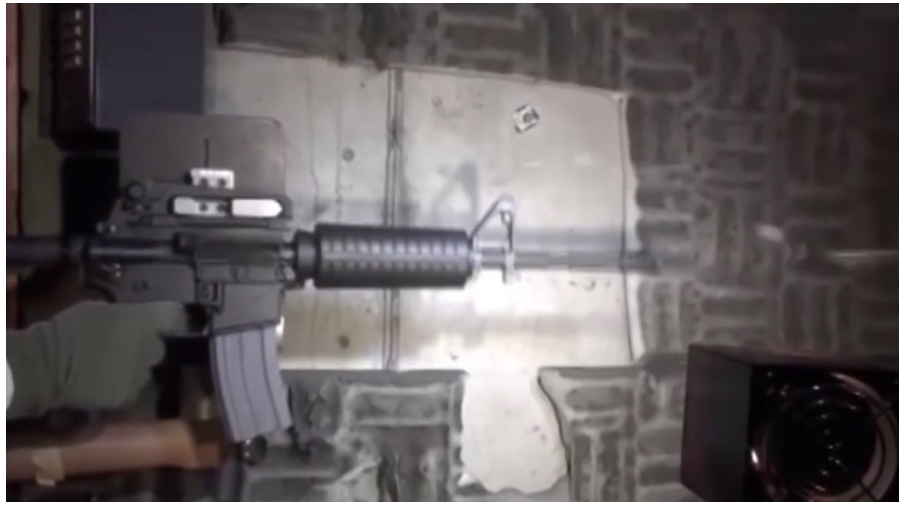
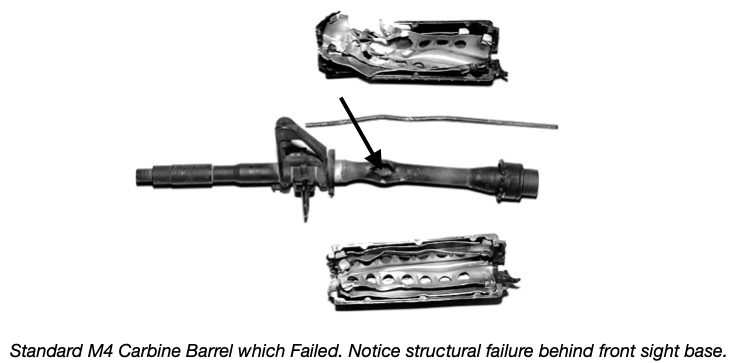


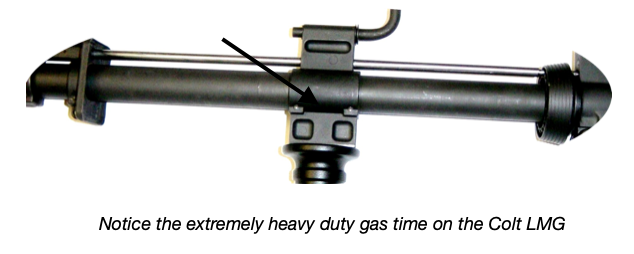

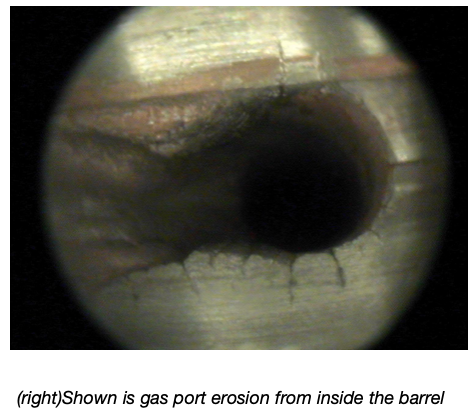
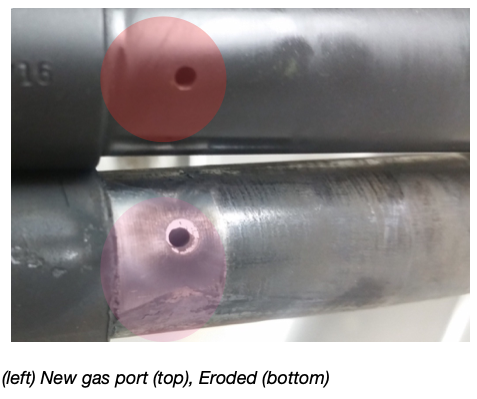
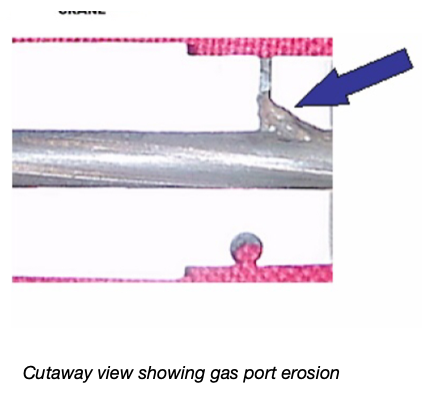
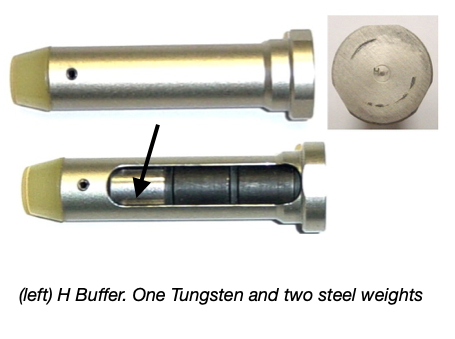
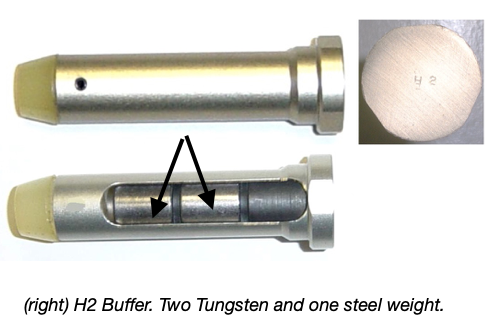

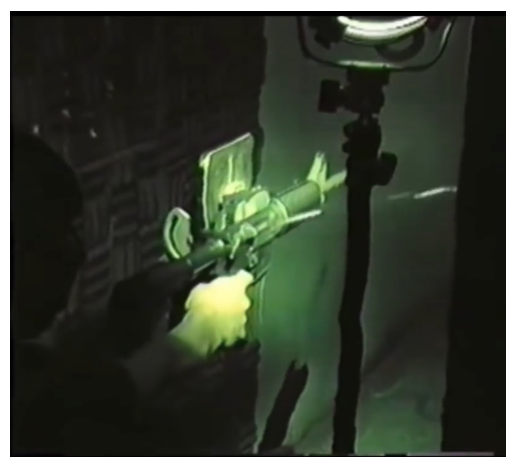


 RSS Feed
RSS Feed